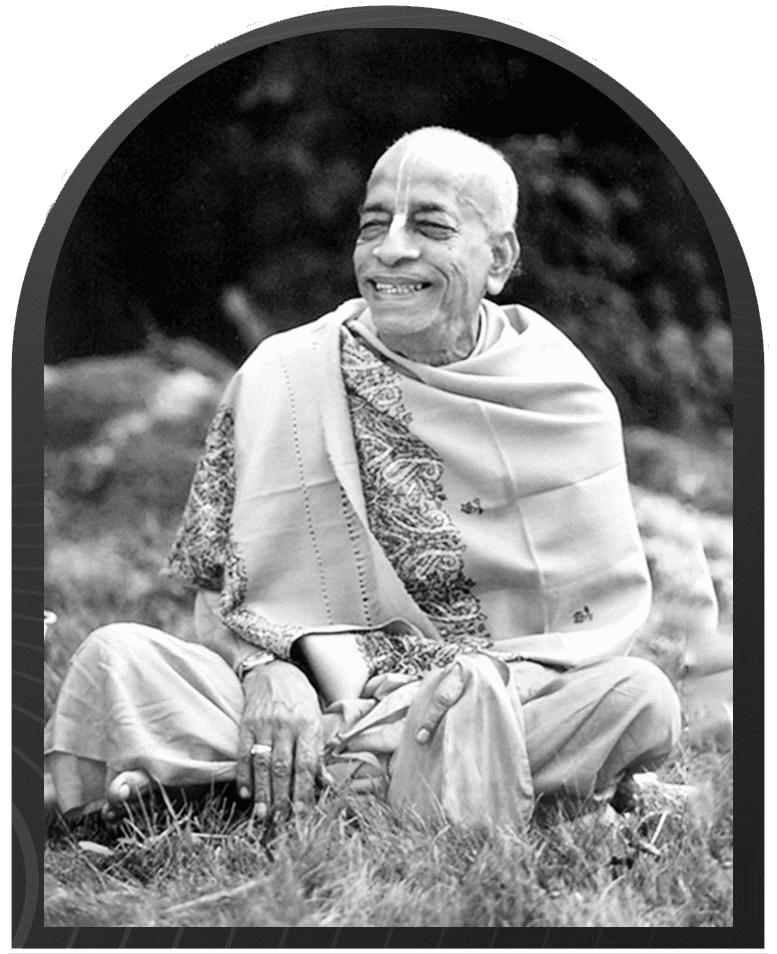Somewhere in the world of ageless wisdom and classic stories lies the moving account of a man who discovered the deep relationship between altruism and human development via his travels through several lifetimes. This story illustrates the transformational power of benevolence and is based on the teachings of Maharishi Gautama and the Bhagavad Gita. Giving a vegetable a day is the first simple deed a holy man suggests in the story.
The King’s Act of Generosity
The protagonist of our story, a formerly impoverished man, followed a wise man’s advice to provide a daily vegetable. He was reborn into a royal family as a result of this advice. The man, now a monarch, went about his usual vegetable gift-giving. But, after his reign as king, events took an unexpected turn, leaving him a meek and impoverished beggar. Confounded, he sought advice from the holy man who had initially blessed him.
According to the sage, while the merit obtained from a meagre gift of vegetables was substantial in his past life of poverty, it was insufficient in his current life of luxury as a king. The anecdote demonstrates how a person’s financial condition influences the quantity of generosity required to accumulate merit. It serves as a reminder that compassion, rather than being a universally applicable virtue, is a dynamic practice influenced by unique circumstances.
The Impact on the Recipients
The narrative stresses how giving impacts both the giver and the receiver. Neelakanta Deekshitar’s clever advice echoes the age-old idea that wealth can become a source of virtue when shared. Giving is prescribed in the scriptures as an alternative to greed, emphasising how charity makes others happy and enhances the giver’s spiritual well-being.
Giving is compared to a currency outside of material prosperity and ensures it will continue into the next world. The story of the beggar who became a king and then returned to being a beggar highlights the idea that genuine wealth is found in the intangible or the good actions that follow a person beyond the boundaries of life and death.
Lessons in Humility and Compassion
In the story, the seventh ‘Atma Guna’—the lack of niggardliness—takes centre stage. It emphasises the significance of overcoming hoarding tendencies and greed. In the Bhagavad Gita, Lord Krishna speaks in a way that strikes a chord: he names desire, anger, and greed as the three gates of hell. The narrative warns about the dangers of acquiring wealth without having the will to give it away.
The realisation of the beggar-king emphasises the importance of developing traits that result in mental tranquillity and contentment. The path from poverty to wealth again teaches us that the pursuit of virtue should be guided by humility and compassion.
The Role of Leadership in Philanthropy
Here, the monarch demonstrates a more general lesson for leaders: his philanthropic giving must align with his financial means. Being a leader means not only possessing power but also putting it to good use for the greater good of society. The narrative pushes leaders—especially those in wealthy positions—to balance charitable giving with their financial constraints.
Leadership becomes a positive influence in the community when it is based on humility and compassion. Leaders learn from the beggar-king tale that their decisions have a lasting impact on the welfare of the people they govern.
Teaching Values Through Stories
In addition to mythology, the story of the beggar-king or the King’s lesson on charity conveys an important moral lesson. The eight ‘Atma Gunas’ of Maharishi Gautama provide a framework for nurturing qualities other than self-interest. The book meshes these components into an ethical embroidery, encouraging perusers to ponder their lives and activities.
Stories act as data transporters in a culture where redirections are far and wide. They rouse people in the future by passing on long-lasting lessons. The classic illustration of the old method of teaching moral lessons through narrative is the journey of the beggar-king. This shows how narrating may give both moral instruction and amusement.
Encouraging a Culture of Giving
The tales we tell shape our way of life. The story of the beggar-king shows individuals’ compassion and the obligation that accompanies riches. In this climate, the expressions of Mother Teresa, Master Vivekananda, Albert Einstein, and Kalil Gibran sound accurate, accentuating the principal worth of consideration.
“Feeding one person” takes on another significance, accentuating that the objective and genuineness of giving are a higher priority than its degree. The book educates that perusers rediscover the delight concerning giving as a lifestyle that empowers individual and cultural prosperity and encourages perusers to give as a demonstration.
Conclusion
The journey of the beggar-king exemplifies the symbiotic interplay between compassion and personal achievement in the enormous fabric of life. It highlights the complexities of generosity and how compassion has an impact beyond the deed itself. This story urges individuals to live morally by connecting the Bhagavad Gita’s eternal knowledge and Maharishi Gautama’s teachings.
The nomadic beggar-king forces us to question our ability to be self-sufficient. The story challenges us to live up to the principles of the “Atma Gunas,” building a giving society beyond self-actualisation. The beggar-king’s lesson symbolises a universal truth: true wealth is obtained by freely giving what one has to others and leaving a lasting legacy, not by hoarding stuff.





